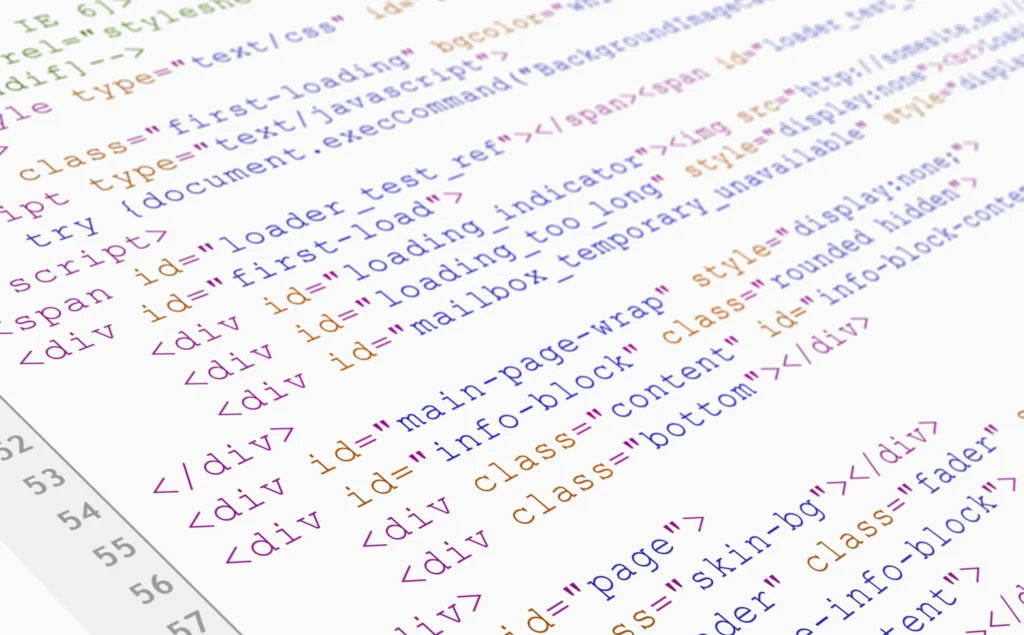In the era of data and connectivity, the use of systems, tools and solutions to fulfill various functions and automate various processes is a trend for any type of company. And therefore, the integration between these software s, especially the integration of legacy systems, is one of the challenges in the IT area .
The difficulty in synchronizing information between different softwarelies in the fact that each one has a different development and objective, which can generate connection or security failures.
So how do you know if your system has integration ? What are the main ways to do this in practice? That's what we're going to know from now on.

What do legacy systems represent?
Legacy systems represent a large part of the Brazilian software . These systems were developed years ago with old languages and monolithic architectures in order to be implemented to solve the challenge of companies to manage in an organized way.
These systems, due to their old technology, run into old and complex codes, making it difficult to integrate with new services, especially in the cloud with a web-based connection.
But in practice, the legacy systems used need to remain in use by companies because replacing the legacy system with a new system is an extensive and expensive process. In this case, the most viable option for the operation's growth, and necessary in order not to lose any type of data, is to integrate legacy systems.
And why not keep them separately or replace them?
Maintaining existing legacy systems is not only costly, it also jeopardizes the smooth running of the business as it impedes growth and expansion. Being unable to provide users with access to the latest technologies makes information management difficult.
But replacing a legacy system is also expensive, risky and requires a lot of developers working together, not to mention that it doesn't bring any kind of benefit thinking about the future needs of a company .
Regardless of the size of the companies, they need to look for an ideal solution for the integration of legacy systems.
2 main ways to integrate legacy systems
Focusing on this need to maintain all integration, even with legacy systems in companies, we can list two different ways of doing this process .
1. Using API integration
An API is a program designed to integrate systems. It is from this that one system can integrate with another, sharing and sending data or information automatically.
But, in practice, this way of integrating doesn't always work. It's just that many software, especially when we talk about integrating legacy systems, do not initially have an open API to carry out this process.
However, despite API integration having this function, we need to break the myth that only software with developed APIs can integrate . In practice it doesn't work that way!
It is already possible to make connections between different types of systems, even if they originally did not provide an API. That's what we're going to see in the next way of doing integration.
2. Using an iPaaS
iPaaS (Integration Platform as a Service), a systems integration platform as a service, is a cloud solution that works as an automated platform to connect applications and software software in different environments.
In practice, iPaaS business to business companies that need to integrate on-premises systems and data with cloud systems and data.
This means that this is the solution to, without using some kind of API, connect and integrate legacy systems. That is, the statement of only performing integration if the solution has an API is no longer true .
[su_youtube url=”https://www.youtube.com/watch?v=g_JJ9fRGioI&t=1s” autoplay=”yes” title=”Discover Skyone Studio, a platform that modernizes integration between systems”]
What are the benefits of iPaaS for integrating legacy systems?
An iPaaS can streamline an organization's overall information flow. By creating a virtual platform, it connects applications and resources to create a framework with multiple shared functionality across the cloud and across select software.
All platform management can occur in a single location, minimizing the work of using multiple systems. In short, iPaaS helps navigate an enterprise's growing integration requirements without adding cost to an IT environment.
Discover Skyone Studio
Thinking of you who have this need for integration, Skyone brings to the market another solution that will facilitate your integration process : it is Skyone Studio!
With this integration platform, you get three great benefits:
- We think about the future of legacy and web software, Skyone Studio uses modern architectures to ensure simple and secure integration, keeping SaaS and legacy systems connected;
- Within the platform, the systems gain a single and standardized language, allowing you to quickly replicate integrations.
- Have your legacy system available in a marketplace to connect with other solutions.
If you want to start using Skyone Studio and put legacy systems integration into practice, get in touch with our team of experts now and find out all the details!
[su_button url=”https://skyone.solutions/pb/contact/” target=”blank” style=”3d” center=”yes” radius=”round” icon=”icon: check-circle” text_shadow=” 0px 0px 0px “]Contact us for your legacy systems integration[/su_button]





